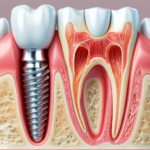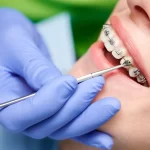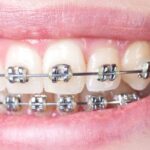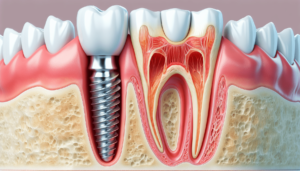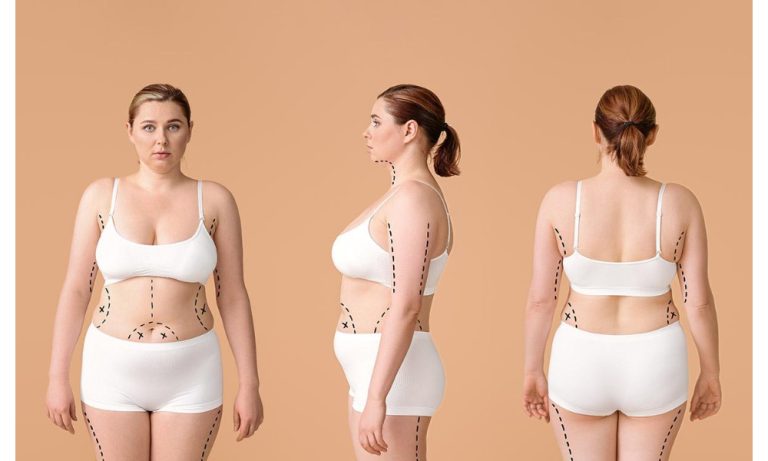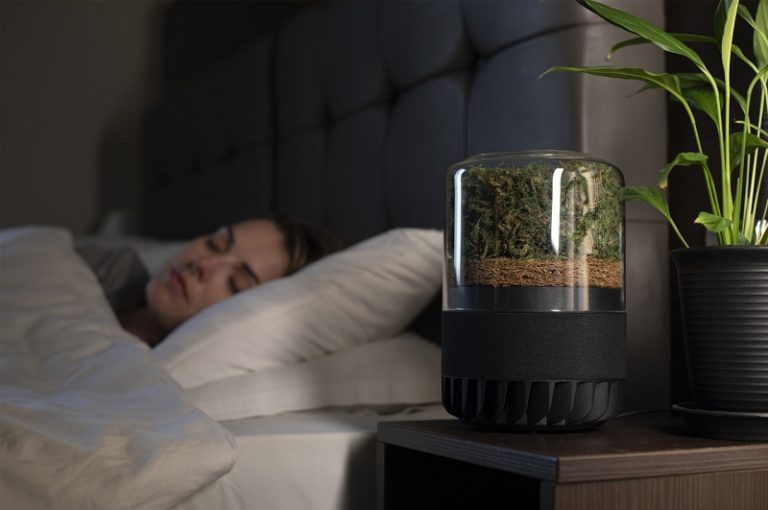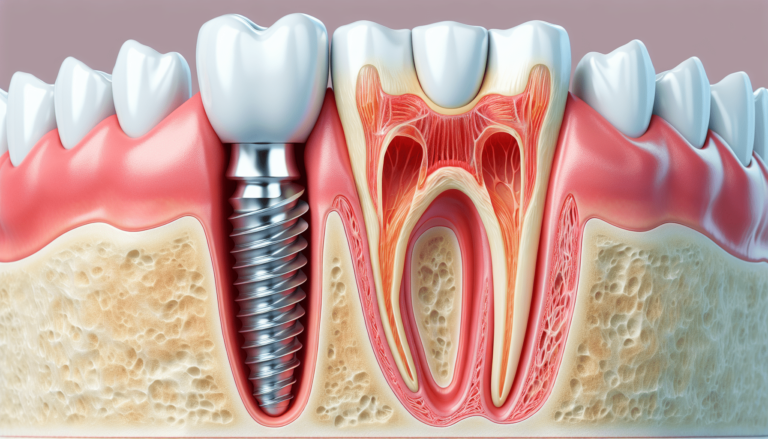Starting orthodontic treatment is a big milestone for any teenager. For parents, ensuring that the process goes smoothly and successfully is just as important. With Invisalign for teens, the experience is more flexible and comfortable than traditional braces, but it still requires commitment, guidance, and accountability. Here’s how parents can play a key role in helping their teens achieve a confident, healthy smile.
Understand How Invisalign Works
Before treatment begins, take time to learn how Invisalign works. Invisalign for teens uses a series of clear, removable aligners custom-made to gradually shift teeth into proper alignment. Each aligner is worn for about one to two weeks before switching to the next in the series.
The aligners must be worn 20–22 hours a day for the treatment to stay on track. Skipping hours or losing aligners can delay results. As a parent, understanding these details helps you set clear expectations and support your teen’s progress effectively.
Encourage Consistent Wear
Consistency is key with Invisalign. Since aligners are removable, it’s easy for teens to forget to put them back in after meals or brushing.
Parents can help by:
- Setting gentle reminders or alarms for aligner wear.
- Encouraging daily routines that make wearing aligners second nature.
- Checking the blue compliance indicators built into the aligners—they fade when worn correctly, allowing parents and orthodontists to track usage.
Positive reinforcement works better than strict monitoring—acknowledge their efforts when they stay consistent.
Help Them Maintain Good Oral Hygiene
One of Invisalign’s biggest advantages is that teens can brush and floss normally. However, keeping both teeth and aligners clean is essential to prevent odor, discoloration, and cavities.
Teach your teen to:
- Brush after every meal before reinserting aligners.
- Clean aligners daily with a soft toothbrush or Invisalign cleaning crystals.
- Avoid sugary drinks while wearing aligners to prevent residue buildup.
Making oral hygiene part of their routine ensures healthy results and keeps the aligners clear and comfortable.
Support With Meal Planning and Snacks
Traditional braces restrict sticky or hard foods—but Invisalign doesn’t. Still, aligners must be removed before eating or drinking anything besides water. Encourage your teen to plan meals accordingly.
Keep small, portable containers handy for storing aligners during lunch or snacks. Remind them not to wrap aligners in napkins (they’re easily lost or thrown away). Building these small habits prevents costly replacements and treatment delays.
Attend Appointments Together
Invisalign for teens requires checkups every 6–8 weeks. These visits allow orthodontists to monitor progress, provide new aligners, and make adjustments if needed.
Attending appointments together helps you:
- Stay informed about your teen’s progress.
- Ask questions directly about treatment goals or issues.
- Encourage responsibility while still offering support.
This shared involvement keeps everyone aligned—literally and figuratively.
Encourage Open Communication
Some teens may experience mild discomfort when switching to a new aligner set or may feel self-conscious initially. Encourage them to share their experiences so you can provide reassurance or contact the orthodontist if necessary.
Remind your teen that minor pressure means the treatment is working and that adjustment discomfort usually subsides within a few days. Open communication builds confidence and trust throughout the process.
Celebrate Progress
Orthodontic treatment takes time, and motivation can fade. Celebrate milestones—like completing a certain number of aligners or receiving positive feedback from the orthodontist.
Acknowledging progress reinforces your teen’s commitment and reminds them that small daily efforts lead to lasting results.
Invest in a Backup Plan
Teens sometimes misplace aligners. Having a clear backup plan minimizes stress when it happens. Keep the previous set of aligners as an emergency measure—they can be worn temporarily until a replacement arrives.
Encourage your teen to contact you immediately if an aligner is lost or damaged. Quick action prevents treatment setbacks.
Be a Role Model for Commitment
If you’ve ever worn Invisalign or braces, share your experience. Seeing your patience and consistency can motivate your teen to take the process seriously. Even if you haven’t had orthodontic treatment, demonstrating daily discipline and positive habits sets an example they’ll follow.
Final Thoughts
Parental support is one of the strongest predictors of success in orthodontic treatment. By staying engaged, promoting consistency, and celebrating achievements, you help your teen stay confident and committed from start to finish.






